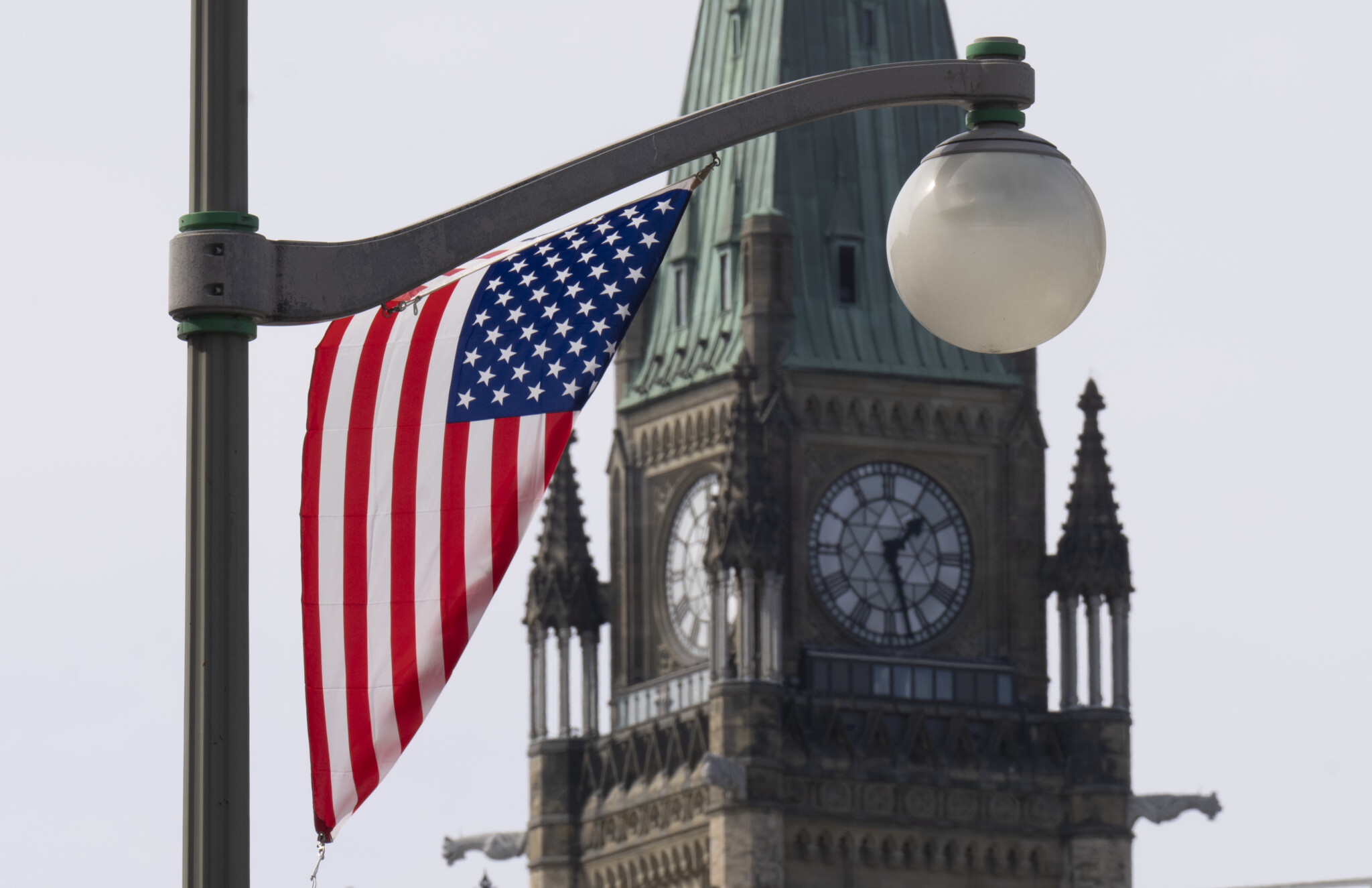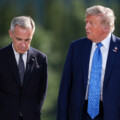The U.S. historian Gary Gerstle has argued that a political paradigm takes shape when one government’s policy ideas are affirmed by its opponent. So for instance Roosevelt’s New Deal economics became a paradigm when it was subsequently validated by the Eisenhower administration and Reagan’s free-market agenda rose to a new paradigm when the Clinton administration upheld and even deepened it.
It’s increasingly clear that the United States is living through another round of paradigmatic change. When Donald Trump was elected in 2016, he set out a new vision for American leadership in the world—one that was more suspicious of free trade and globalization and less inclined to disproportionately shoulder responsibility for collective peace and security. The most profound change however was how his administration understood its relationship with China and the evolving geopolitical context.
Although the subsequent Biden administration has differed in poise and tone, it has validated a lot of its predecessor’s conception of a changing world. Its early withdrawal from Afghanistan must be understood in these terms. So has been its use of tariffs against China and even some of its allies. Joe Biden may not use the language of “America First” but his agenda has broadly conformed to its paradigmatic impulses.
Trump’s re-election only reinforces the fecundity of American First as the dominant political narrative in Washington. Canadians must recognize that America is charting a new political economy path and reconceived consensus about its place in the world.
What’s interesting is this new paradigm is actually an old one. America passed through a previous threshold of fundamental change as it emerged from the American Revolution, the Civil War, and its leadership in the post-Second World War world. The fallout of the past two decades, namely, the War on Terror, the Great Recession, and the COVID-19 pandemic, have resulted in a similar catalyst for a return to an older paradigm rooted in its national interest.
In particular, the United States is building a future that is post-globalist and less romantic about its place in the broader world. It’s a return to a 19th- and early 20th-century understanding of Great Power Competition.
Europe, however, has not followed suit. With few exceptions, the continent has continued to embrace broad, sweeping climate policies, a predisposition to international governance, and domestic welfarism that reflects its aging population and declining fertility.
Canada at a crossroads
This large chasm of envisioned futures finds Canada at a crossroads. As a middle-sized power, we obviously cannot go it alone. In the face of Trump’s first election and now his re-election, there are voices now arguing that our future no longer lies with the United States. We need to pursue a modern “third option” strategy—including a deepened relationship with Europe.
I disagree. Notwithstanding an incoming Trump administration’s challenges to Canada, the better option is still with the United States, our greatest ally and longest friend, rather than falling back into Europe and its sclerotic continental economy and attachment to global institutionalism.
President Trump has presented an ambitious America First economic platform for his second term. Among the most notable policies are renewing the large-scale personal and corporate tax cuts from his first term as well as the further development of its natural resources. He’s also of course promised to exact a heavy price from countries that he believes are “ripping off” the United States.
For better or for worse, these policies are popular with a significant number of Americans who believe that their nation has languished under crippling environmental regulations, high taxes, unfair trade, and lenient border regulations.
Europe, however, has remained largely committed to the high tax rates that fund its copious social programs and the exhaustive green policies that discourage investment. These realities are best reflected in the following: in 1999, Europe’s GDP was 21 percent less than the United States’. By 2023, it was 49 percent less. Simultaneously, Britain, France, and Germany continue to advocate strengthening Chinese trade relationships, while the United States is decoupling from China.
The choice is clear
There’s no doubt that Trump’s agenda represents a threat to Canada. But so does imitating Europe. Moving in a European direction would ostensibly stifle our investment, suffocate our economy, and result in lower living standards.
One might see these as two insipid options. But if we think about them dispassionately—free from the antagonism of Trump himself—our common destiny remains shared with the United States. More than 60 percent of Canada is still with the United States. Our geographical relationship also extends to our natural resources. Our economic outlook already looks grim enough. We would do well to imitate America, not eschew it.
This requires us to get serious about significantly lowering taxes, removing the needless layers of red tape strangling our economy, and developing our natural resources. Notwithstanding Trump’s jokes about Canada becoming the 51st state, one proposal being put forth is the idea of a common market between our two countries. Removing barriers, not erecting them, is the obvious path forward for mutual enrichment. Canada needs a leader who can credibly sell that vision.
These priorities would form the foundation of a Canada-first approach that a prospective Poilievre-led government is well-positioned to enact.
We must get serious about America’s concerns
This also means collaborating in good faith with our American counterparts on their concerns. Canada must take seriously Trump’s concerns regarding border security and drug trafficking. We must also consider Canada’s defence and foreign policy and the extent to which we’ve become perceived as a laggard in Washington.
In 2006, and again in 2014, for instance, NATO member agreed to reach 2 percent of their GDP in defence spending. Canada is far below the target—in fact, it is one of the lowest spenders on this basis. We must get there—fast. For too long, America has footed the bill for world security while its allies have taken it for granted.
But it’s not just the spending. It’s also where we dedicate the incremental resources. Canada’s contribution to continental defence and security should focus on the North where we assume greater responsibility and enable the U.S. to reallocate its resources elsewhere.
Get on board or get left behind
Canada’s future ascendancy is inseparably linked to its relationship with the United States. Yes, things seem strained now. But the fact is, Canada and America will remain neighbours after the Trump presidency has run its course. There is no avoiding the elephant next door. Dreams of replacing the mostly cooperative, prosperous relationship we enjoy with America with stronger ties to Europe or elsewhere are a fantasy.
This does not mean ceding our sovereignty, bowing to every Trumpian dictate, or acquiescing to every tariff or demand, trade-related or otherwise, without a fight. But standing up for ourselves on the world stage requires a strong and successful Canada, and Canada is stronger and more successful in partnership with the United States over anyone else.
As America forges the next brave new world, Canada, one way or another, will be along for the ride. Whether we are actively setting the course alongside them as they do is up to us.










